Development ingredients
LEM
The extract from the cultured solid medium of Lentinus edodes mycelia.Since 1969.
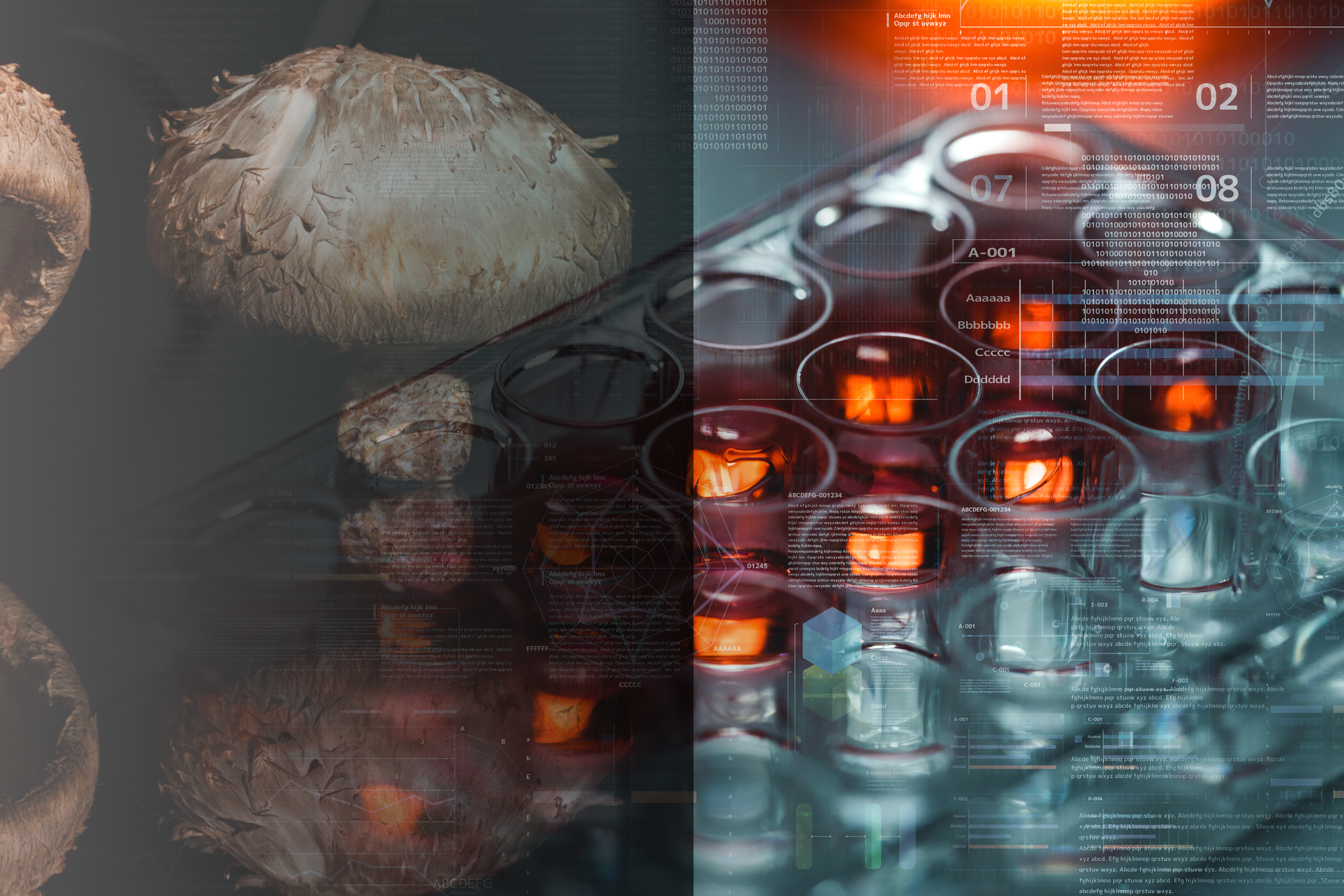
Rich in nutrients and energy
Extract of Shitake Mushroom Mycelium Culture Medium
"LEM” is the extract from solid medium cultured with Lentinus edodes (shiitake) mycelia. The extract has obtained from crushed shiitake mycelia cultured solid medium by physically special technique after the mycelia of shiitake are cultured on solid medium consist of food materials. Main Ingredients are water-soluble lignin (Low-molecular-weight lignin), polysaccharides, proteins and minerals.
The aqueous solution and granule containing LEM are given permission to manufacture and sell by Japanese authority based on the Food Sanitation Low from 1972. Then these products are selling under a trade name “SHIIKIN”, “JOGEN” as a health food and are having a strong following of users.
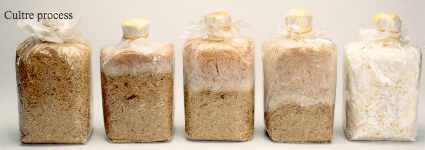
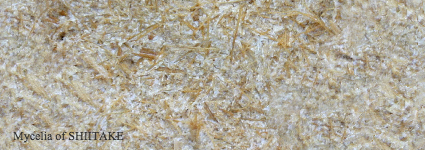
The results of monitoring the purpose of taking of these products, it was revealed that it is taken for the purpose of relieving the pain associated with terminal cancers, and treatment for viral hepatitis and so on, in addition to the habitual use as health food. Moreover, many reports about the efficacy of these products were received from users. Then we started fundamental scientific research about LEM.
As a result, in animal testing, it showed that LEM had the suppressive effects on hepatic tumorgenicity and transplantation tumor growth. These findings were presented at the Pharmaceutical Society of Japan Hokuriku branch in June 1981. In the subsequent researches, it was found that LEM had the inhibitory effect on colorectal carcinogenesis. Furthermore, it was revealed that LEM suppressed hepatic metastasis of the malignant tumor.
These activities of LEM was not direct action against cancer cells but through host-mediated immunoregulation activity. It was recognized that LEM induced production of IL-1, IL-2, IL-12, TNF-a, IFN-r and NO in the results of in vitro and in vivo experiments.
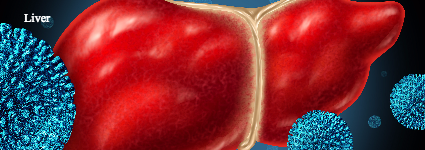
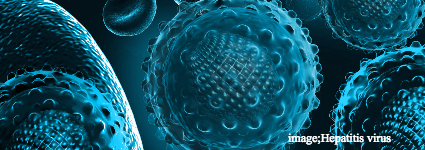
In the case of human disorder, the effectiveness and safety of LEM for Hepatitis B had been studied by medical specialists. A decrease in e-antigen, DNA polymerase activity, GOT and GPT, and an increase in e-antibody were found from the analysis results of HBe Antigen positive chronic hepatitis patients (106 cases). No severe side-effect was observed with the exception of a few mild digestive disorders. In parallel, the foundation examination of its immunological activities had been conducted. As the results, inhibition of immune-mediated hepatocellular damage and potentiation of antibody production were found.
On the prolonged oral administration of LEM to wood-chuck (model animal for Hepatitis B), inhibition of wood-chuck hepatic virus multiplication and improvement of hepatic dysfunction were found.
Based on these studies, the effects of LEM against Human Immunodeficiency Virus (HIV, causal agent of acquired immunodeficiency syndrome) had examined. As a result, it was found that LEM had the ability to inhibit HIV infection to host cells, infection in co-culture system. In addition, LEM had the ability to inhibit cytopathic effect, reverse transcriptase activity.
Evidence of the power of LEM
- Water-soluble lignin -
LEM has 2 types of bioactive components, polysaccharides (xylose-containing heteroglycans) and water-soluble lignin. The unique characteristic of LEM is that it contains water-soluble lignin, which is not contained other common mushroom products. Lignin is present in the cell walls of plants and is not soluble in water because of high-molecular-weight. Lignin is difficult to digest even if humans eat. However, Lignin has become soluble in water through degradation by specific enzymes produced from shiitake mycelia in the process of cultivating shiitake mycelia on solid medium. This water-soluble lignin has immunoregulative, antiviral and antioxidative activities.
There have been many reports about anticarcinogenic action of Basidoimycetes Sp., but these reports are mostly about β-glucan fractionated from fruits body or mycelia , and these substances have immunopotenciate ability but no anti-viral activity. At the test on animals, most of data was not in the case of oral administration of mushroom itself but in the case of injection of fraction.
Active substances of LEM, different from those just described above, is a complex polymer; proteoglycan with highly denatured water-soluble lignin, the culture which is digested by specific enzyme of Siitake mushroom and decomposed. It is found LEM had immunomodulating action and anti-viral action, additionally anti-oxidation to scavenge free radical or active oxygen, especially, to scavenge OH radical which is the most powerful active oxygen.
As it is described above, LEM shows host mediated immunopoteiciation, anti-viral activity and anti-oxidation activity with extremely safety on the test of animals, and with almost no side-effect foe human beings, based on the result of the long period administration clinical test. From all of these clinical studies, it is found LEM, with its long period administration, activates the immunopoteiciality gradually and balances the homeostasis, as well as that LEM is effective health food for viral hepatitis with safety.
What is the function of LEM ?
Since LEM (registered trademark) is an immune modulator, it is mainly used by people with reduced immunosensitivity. A patient undergoing conventional cancer treatment. For this reason, LEM is commonly used in clinics and facilities as part of an integrated or complementary approach, along with traditional treatments.
Where is LEM Made?
While products containing LEM are sold all around the world, the raw material used in their production is made nowhere else but our factory.
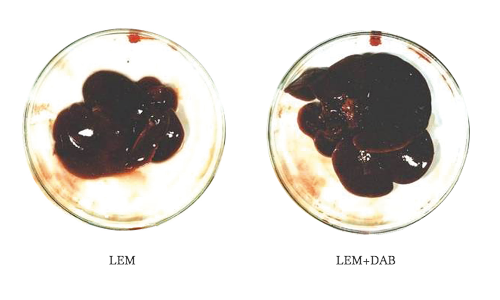
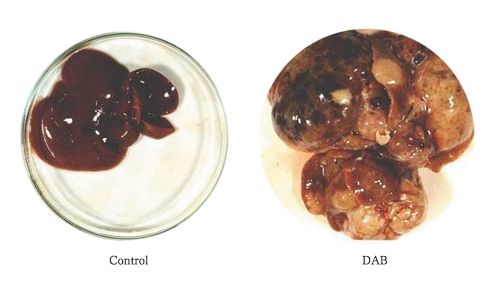
Safety and reliability of “LEM”
- Safety of LEM -
Shiitake using for manufacturing of LEM has been traditionally used as food. Therefore, it is considered safe for use. In addition, the safety of LEM has been proved on various safety test (e.g. toxicity and mutagenicity tests) by specialized institutions. Based on these results, LEM is considered to be safer than sugar.

NOEL: No Observed Effect. Level
LC50: Median Lethal Concentration
What kind of mushrooms are used for LEM production?
LEM (registered trademark) is manufactured from a solid culture of shiitake mushroom mycelium, bagasse, and rice bran. Many people consider mushrooms as a different kind of plant to grow in the forest. However, mushrooms are not part of the plant or animal kingdom, but belong to their own group, the kingdom of fungi. Furthermore, the part we eat normally, the umbrella-shaped fruit body, is only the part of the mushroom used for regeneration. Most of the fungi are found in the soil, wood, or what it is used to grow. Roots are called mycelia. The “roots” of these mycelia are part of the mushrooms cultured in the solid culture process and eventually converted to LEM.
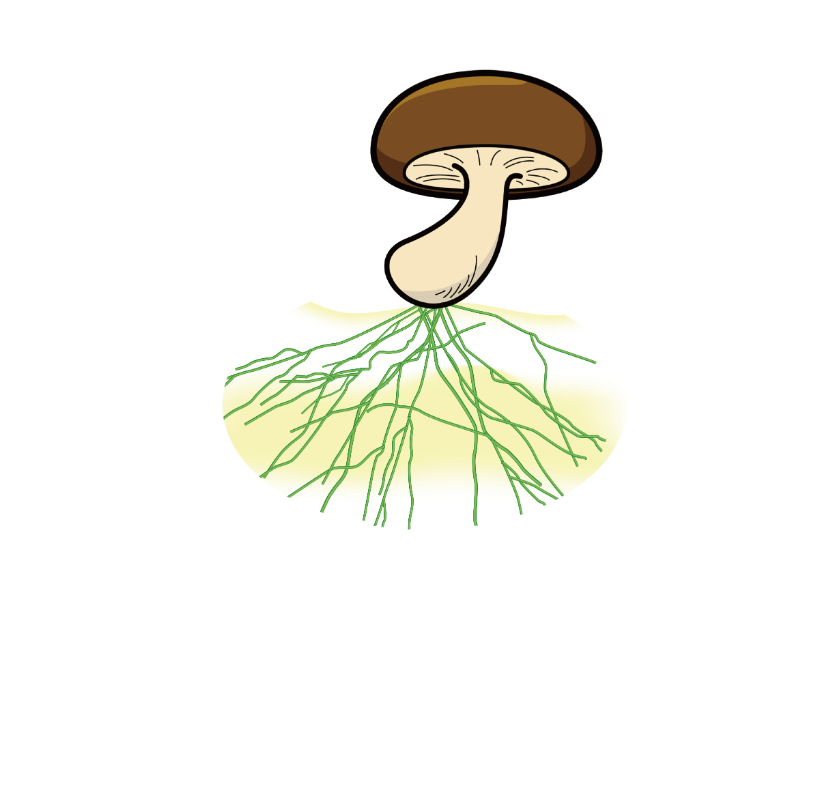
The ability of LEM
The bioactive components of LEM
LEM has 2 types of bioactive components, polysaccharides (xylose-containing heteroglycans) and water-soluble lignin. The unique characteristic of LEM is that it contains water-soluble lignin, which is not contained other common mushroom products. Lignin is present in the cell walls of plants and is not soluble in water because of high-molecular-weight. Lignin is difficult to digest even if humans eat. However, Lignin has become soluble in water through degradation by specific enzymes produced from shiitake mycelia in the process of cultivating shiitake mycelia on solid medium. This water-soluble lignin has immunoregulative, antiviral and antioxidative activities.
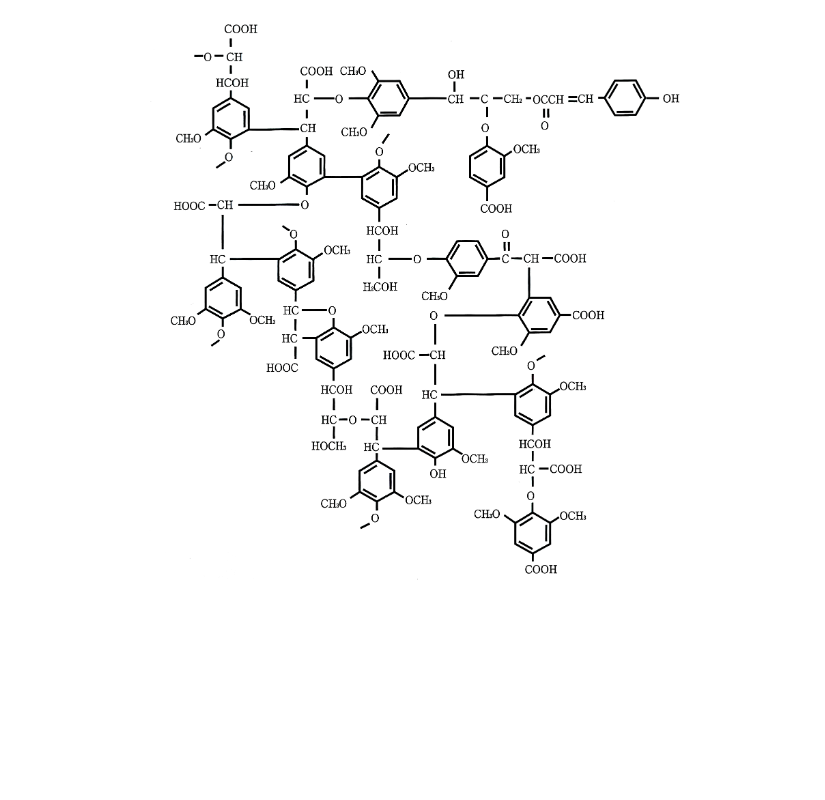
LEM Production
「LEM」is the extract from the mycelial cultured solid medium of Lentinus edodes (SHIITAKE). The extract was obtained from broken solid medium (composed of food materials) cultured with Lentinus edodes mycelia, treating physically with special technique. Main ingredients are water-soluble denatured lignin, polysaccharides, protein, and minerals in addition.


Product standard
Shiitake mushroom mycelium culture medium extract
LEM bulk raw material
Test item
Appearance and properties Brown powder, no foreign matter
Moisture content 7.0% or less
General viable bacteria count 3000 cfu/g or less
Negative for coliform group
| Moisture | 5.9% |
| Protein | 12.3% |
| Fat | 1.0% |
| Ashes | 14.2% |
| Sugar content | 57.5% |
| Fiber | 9.1% |
| Natrium | 567mg/100g |
| Energy | 306kcal/100g |
Production method
Shiitake mycelium cultivated in a sterilized culture base (mixture of bagasse and defatted rice bran) for about 4 months, crushed with the whole culture base, extracted with hot water, concentrated, sterilized, and powdered.
Storage method
Store in a cool, dark, and airtight place (Because of its hygroscopicity, use it up immediately after opening the package.
Country of origin Japan (including raw materials used)
Main ingredients
Polysaccharides, water-soluble lignin
Functions
Immunity enhancement, antiviral, antioxidant
Package
1 kilogram
Shelf life
3 years
Sample
Yes
Service
Manufacture of original equipment
Manufacture of original design
Raw material supply
MAK
The extract from the cultured solid medium of Ganoderma lucidum mycelia.Since 1996.
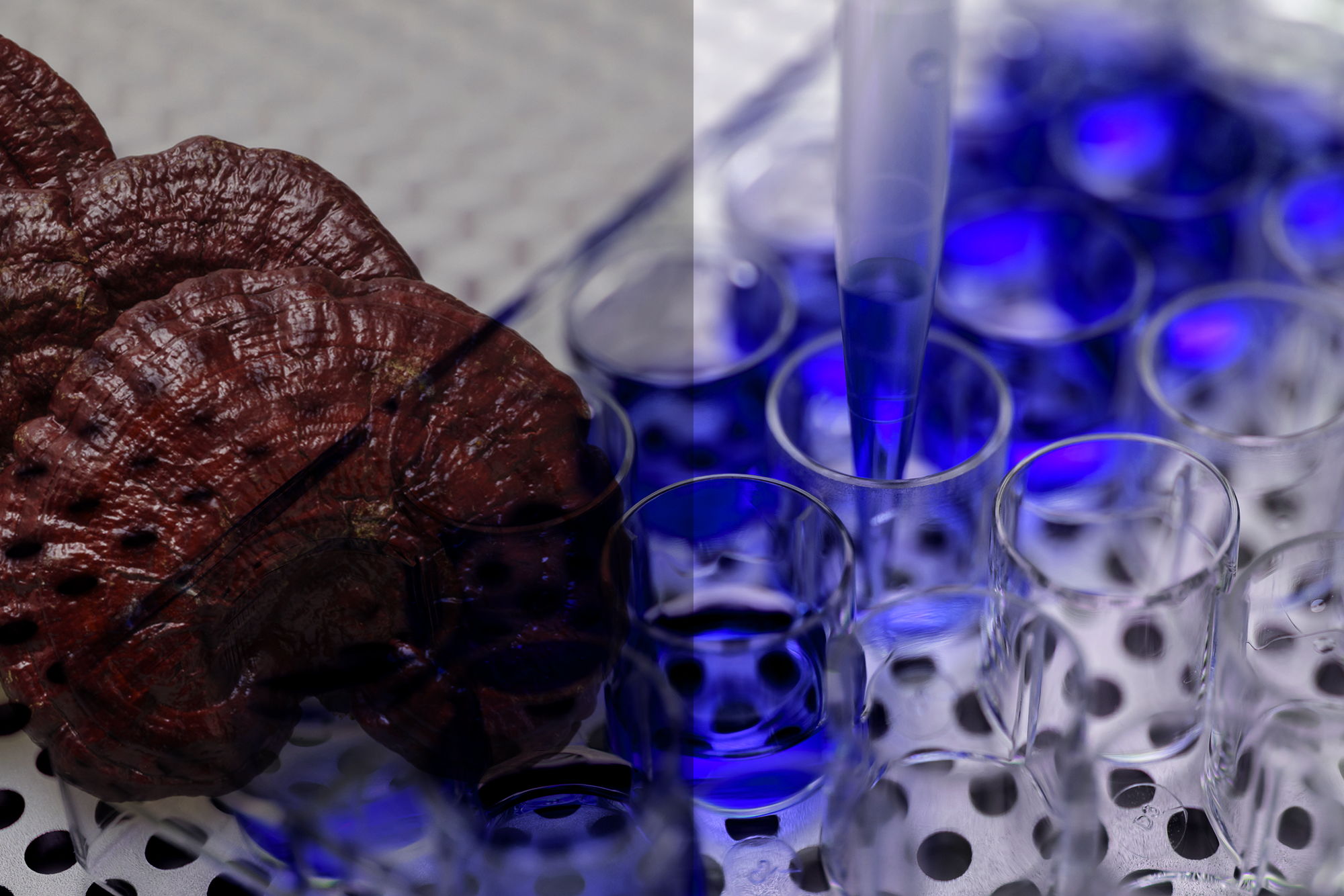
Rich in nutrients and energy
Extract of Reishi Mycelium Culture Medium
“MAK” is the extract from the cultured solid medium of mannentake (Ganoderma lucidum), which has been valued as a “Jo” (meaning superior) on Kampo medicine category or Shen [meaning God with Chinese] tonic at China since ancient times. MAK is produced by basically the same method of LEM (the extract from the cultured solid medium of Lentinus edodes). All ingredients of MAK are produced by the power of nature, because these nutritions were obtained from metabolic productions by the digestion of plant cell walls with its own enzymes from mycelia and from the degradation products by autolysis of mycelia, during on the growth of mannentake mycelia on the solid medium consisting of bagasse (fibers after collecting sugar from sugarcane) and rice bran.
MAK has the ability of protective effect against encephalopathy, inhibition of blood pressure elevation, inhibition of blood sugar elevation, antioxidation, immunopotentiation and antiviral action, etc.
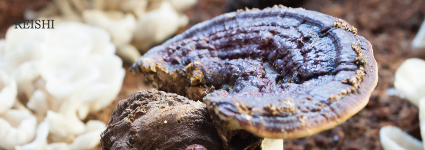
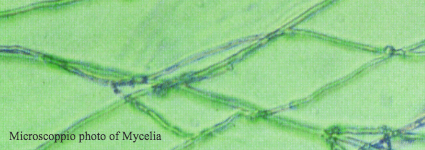
Reishi was mentioned in a Chinese herbal published approximately 3000 years ago, Shen Nung Pen Tsao Ching, as top-quality (the most excellent grade of the quality among three ranks) which caused no adverse effect by intake for a long time and was described as if one continuously eats it for a long time, it will make him/her stay young and promote longevity to become a holy man.In the era when the fungus could not be artificially grown, it was quite rare and prized as a golden remedy for immortality.The known beneficial effects of Reishi include anti-cancer effect, hypotensive effect, anti-oxidation, anti-thrombogenesis, blood sugar-lowering effect, antiallergic activity, prevention of arteriosclerosis, decline of fever, anti -inflammation, hardiness and treatment for hepatitis.


Evidence of the power of “MAK”
These substances are different from the products extracted from the bodies of mushrooms or liquid cultures of mycelium.
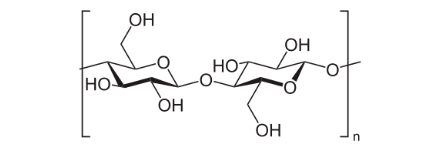
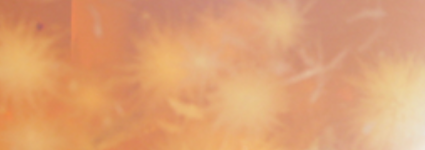
What is the function of MAK?
It has been confirmed that MAK has numerous effects, including protection against encephalopathy, reduction of elevated blood pressure, reduction of elevated blood sugar, anti-oxidation, immunological enhancement, and an antiviral effect.
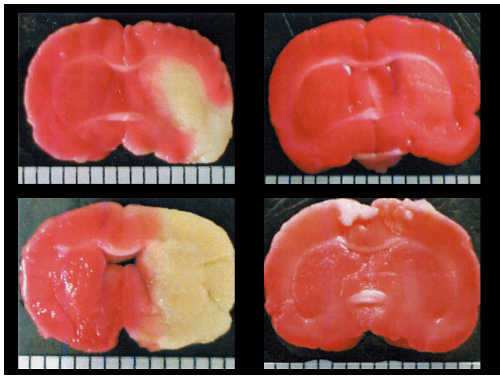
Where is MAK Made?
While products containing MAK are sold all around the world, the raw material used in their production is made nowhere else but our factory.
Safety and reliability of “MAK”
- Safety of MAK -
Since ancient times, mannentake has been relied on by people for no side effects even if taken long time. the safety of MAK has been proved on various safety test (e.g. toxicity and mutagenicity tests) by specialized institutions.

What kind of Reishi are used for MAK production?
MAK is manufactured from a solid culture of Reishi mycelium, bagasse, and rice bran. Many people consider mushrooms as a different kind of plant to grow in the forest. However, Reishi are not part of the plant or animal kingdom, but belong to their own group, the kingdom of fungi. Furthermore, the part we eat normally, the umbrella-shaped fruit body, is only the part of the Reishi used for regeneration. Most of the fungi are found in the soil, wood, or what it is used to grow. Roots are called mycelia. The “roots” of these mycelia are part of the Reishi cultured in the solid culture process and eventually converted to MAK.
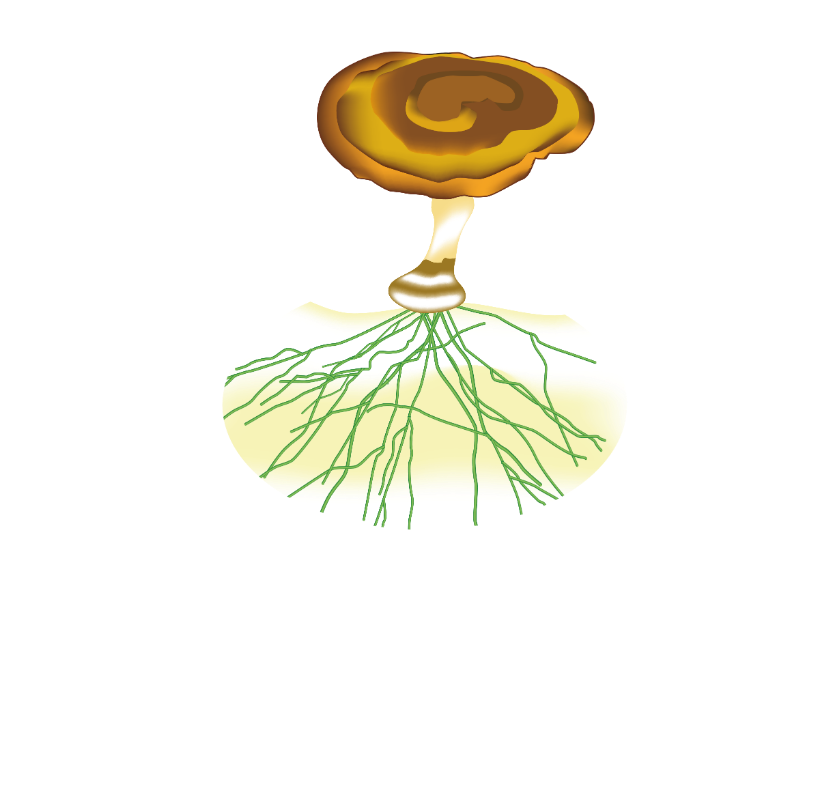
The ability of MAK
The bioactive components of MAK
MAK has 2 types of bioactive components, polysaccharides (xylose-containing heteroglycans) and water-soluble lignin. The unique characteristic of MAK is that it contains water-soluble lignin, which is not contained other common Reishi products. Lignin is present in the cell walls of plants and is not soluble in water because of high-molecular-weight. Lignin is difficult to digest even if humans eat. However, Lignin has become soluble in water through degradation by specific enzymes produced from Reishi mycelia in the process of cultivating Reishi mycelia on solid medium. This water-soluble lignin has immunoregulative, antiviral and antioxidative activities.
MAK Production
“MAK” is the extract from the cultured solid medium of mannentake (Ganoderma lucidum), which has been valued as a “Jo” (meaning superior) on Kampo medicine category or Shen [meaning God with Chinese] tonic at China since ancient times. MAK is produced by basically the same method of LEM (the extract from the cultured solid medium of Ganoderma lucidum). All ingredients of MAK are produced by the power of nature, because these nutritions were obtained from metabolic productions by the digestion of plant cell walls with its own enzymes from mycelia and from the degradation products by autolysis of mycelia, during on the growth of mannentake mycelia on the solid medium consisting of bagasse (fibers after collecting sugar from sugarcane) and rice bran.
MAK has the ability of protective effect against encephalopathy, inhibition of blood pressure elevation, inhibition of blood sugar elevation, antioxidation, immunopotentiation and antiviral action, etc.
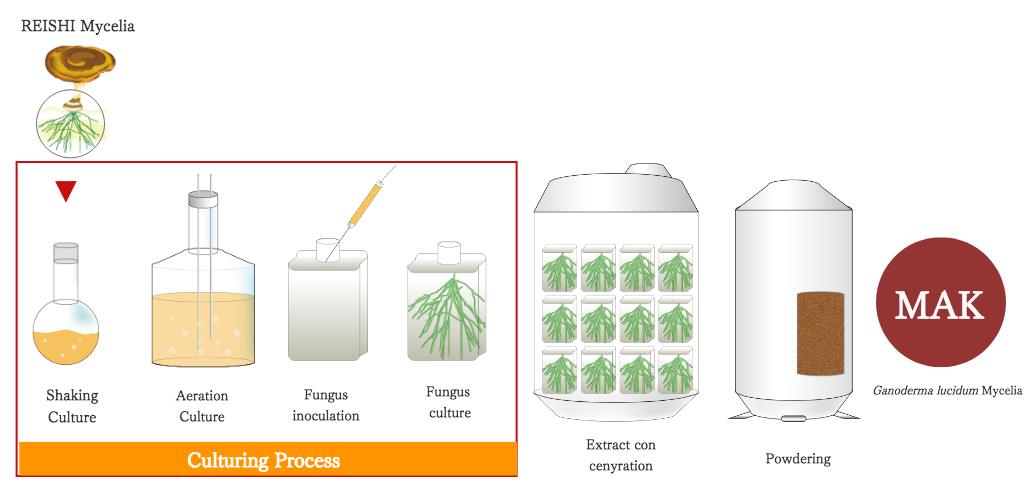

Product Specifications
Raw material name (generic name)
Ganoderma lucidum mycelium culture liquid extract
Product name
MAK bulk raw material
Test item
Appearance and properties
Brown powder, no foreign matter
Moisture content
Less than 8.0%.
General viable bacteria count
Less than 3000 cfu/g
Coliform group
Negative
| Moisture | 4.0% |
| Protein | 13.7% |
| Fat | 1.4% |
| Ashes | 17.0% |
| Sugar content | 51.7% |
| Fiber | 12.2% |
| Natrium | 557mg/100g |
| Energy | 274kcal/100g |
Production method
Ganoderma lucidum mycelium cultivated in a sterilized culture base (mixture of bagasse and defatted rice bran) for about 4 months, crushed with the whole culture base, extracted with hot water, concentrated, sterilized, and powdered.
Storage method
Store airtight in a cool, dark place (use up immediately after opening the package as it absorbs moisture).
Country of origin Japan (including the raw materials used)
Main ingredients
Polysaccharides, water-soluble lignin
Functional properties
Immunity enhancement, antiviral, suppression of blood sugar elevation, suppression of blood pressure elevation
Package
1 kilogram
Shelf life
3 years
Sample
Yes
Service Description
Production of original equipment
Production of original design
Supply of raw materials